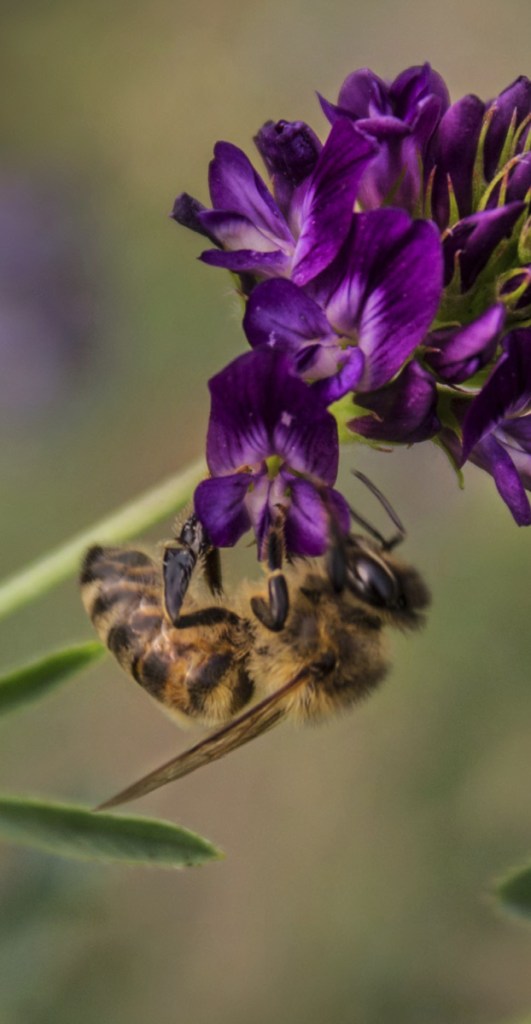WASHINGTON — Bees are having a much harder time finding food in the region known as America’s last honeybee refuge, a new federal study has found.
The country’s hot spot for commercial beekeeping is the Northern Great Plains of the Dakotas and neighboring areas, where more than 1 million colonies spend their summer feasting on pollen and nectar from nearby wildflowers and other plants.
But from 2006 to 2016, more than half of the conservation land within a mile of bee colonies was converted to agricultural use, usually row crops such as soybeans and corn, said the study’s lead author, Clint Otto of the U.S. Geological Survey. Those crops hold no food for bees.
For more than a decade, bees and other pollinators in America have been dwindling in numbers because of a variety of problems, including poor nutrition, pesticides, parasites and disease. And outside experts said this study highlights another problem that affects the health of bees.
The area – which Otto called “America’s last honeybee refuge” – lost about 629 square miles of prime bee habitat, according to the study published Monday in the Proceedings of the National Academy of Sciences.
And bees that have a hard time finding food are less likely to survive the winter, Otto said. They may not be hungry, he said, but they aren’t healthy either.
John Miller, in his 49th year as a North Dakota commercial beekeeper, said the Dakotas and Minnesota were once the last best place for bees.
“Now they are the least worst,” he said.
Miller, whose business was started in 1894 by his great-grandfather, has watched the average colony honey production drop from 120 pounds per hive 30 years ago to about 50 pounds now. But the price has gone up five-fold, and beekeepers like Miller are getting paid to truck their bees to California to pollinate crops there, mostly almonds.
The federal government pays farmers to keep some land wild, and that benefits bees that feast on grasslands, flowers and weeds, Otto said. But the conservation program has a cap on how much land it will pay for – and during the ethanol boom, farmers found they could make more money in corn and soybeans.
Bees are crucial pollinators for more than 90 percent of the nation’s flowering crops, including apples, nuts, avocados, broccoli, peaches, blueberries and cherries.
“Without honeybees,” Otto said, “our dinner plate looks a lot less colorful.”
Copy the Story LinkSend questions/comments to the editors.



Success. Please wait for the page to reload. If the page does not reload within 5 seconds, please refresh the page.
Enter your email and password to access comments.
Hi, to comment on stories you must . This profile is in addition to your subscription and website login.
Already have a commenting profile? .
Invalid username/password.
Please check your email to confirm and complete your registration.
Only subscribers are eligible to post comments. Please subscribe or login first for digital access. Here’s why.
Use the form below to reset your password. When you've submitted your account email, we will send an email with a reset code.